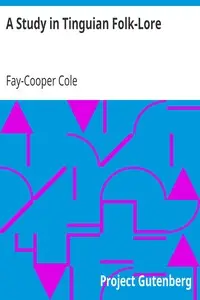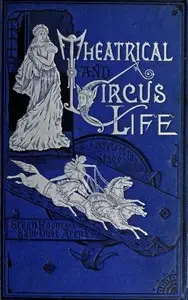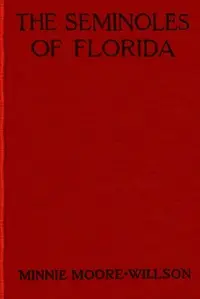"The Bontoc Igorot" by Albert Ernest Jenks is an early 20th-century ethnological study examining the culture, social organization, and physical characteristics of the Bontoc Igorot people of northern Luzon in the Philippines, written during a period of American colonialism. The book begins with a letter and a preface from his 1903 expedition. Jenks sets the scene by describing the Igorot as hardworking and physically fit, typical of mountain farmers. He emphasizes their practice of animism and their unusual social structure. Their tradition of head-hunting as a recreational activity is also discussed. All these details come together to establish both a personal connection and a scholarly intent to document a way of life that exists where tradition and modernity meet.

The Bontoc Igorot
By Albert Ernest Jenks
Venture into the world of a unique Philippine tribe as the author recounts living with them in the 1900's and describes their dedication to animism, their freedom from slavery, and their custom of head-hunting for fun.
Summary
About the AuthorAlbert Ernest Jenks (1869–1953) was an American anthropologist and a professor at the University of Minnesota. He was known for his work in historical anthropological studies on rice cultivation, the development of hominids, and his identification of the skeletal remains of Minnesota Woman, 8,000-year old human remains found near Pelican Rapids, Minnesota. He joined the United States Bureau of Ethnology in 1901 and served in the U.S. colonial government of the Philippines from 1902 to 1905. In this capacity, he was involved in the exhibition of Bontoc Igorot people at the 1904 Louisiana Universal Exposition in St. Louis. The collection of Bontoc objects that he assembled for the Exposition was purchased by the American Museum of Natural History in New York. He joined the faculty of the University of Minnesota in 1906 as a member of the Department of Sociology. He was promoted to full professor in 1907 and served as chair of the sociology department from 1915 until 1918. In 1918, he was a founder of the Department of Anthropology at the University of Minnesota and he served as the chair of that department until his retirement in 1936.
Albert Ernest Jenks (1869–1953) was an American anthropologist and a professor at the University of Minnesota. He was known for his work in historical anthropological studies on rice cultivation, the development of hominids, and his identification of the skeletal remains of Minnesota Woman, 8,000-year old human remains found near Pelican Rapids, Minnesota. He joined the United States Bureau of Ethnology in 1901 and served in the U.S. colonial government of the Philippines from 1902 to 1905. In this capacity, he was involved in the exhibition of Bontoc Igorot people at the 1904 Louisiana Universal Exposition in St. Louis. The collection of Bontoc objects that he assembled for the Exposition was purchased by the American Museum of Natural History in New York. He joined the faculty of the University of Minnesota in 1906 as a member of the Department of Sociology. He was promoted to full professor in 1907 and served as chair of the sociology department from 1915 until 1918. In 1918, he was a founder of the Department of Anthropology at the University of Minnesota and he served as the chair of that department until his retirement in 1936.














